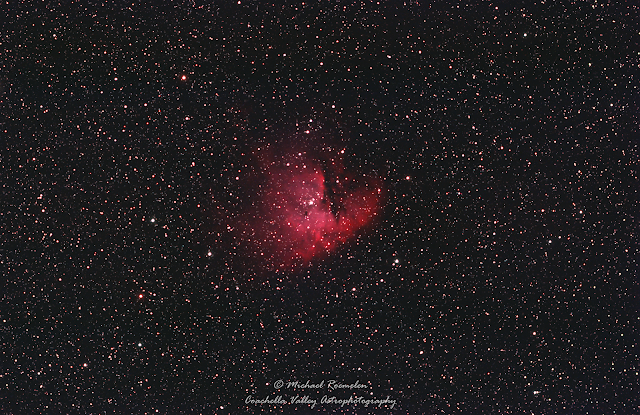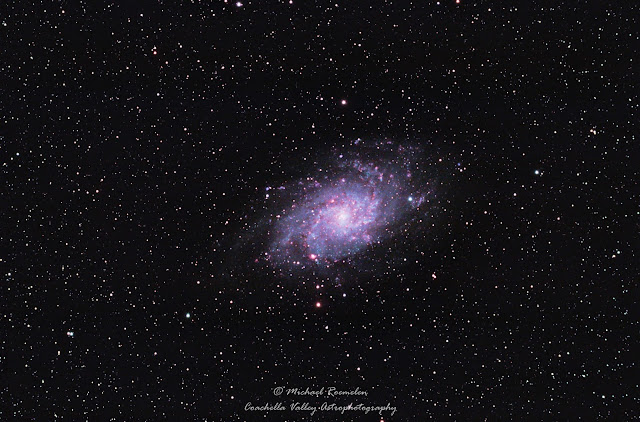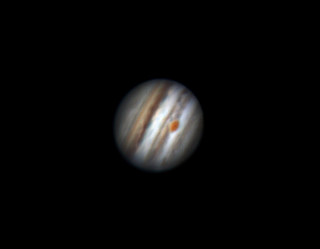This was my first attempt at imaging a comet, and after tons of research online I was actually able to pull off some interesting images, and even a video of its movement. Comet 41P/Tuttle-Giacobini-Kresak was not showing any signs of a tail, at least for now. The comets closest approach to the Sun is on April 12 2017, and it might start showing signs of a tail around then. Unfortunately, this comet is not really a naked eye object, and was even hard to spot in binoculars under our light polluted valley. This is why it's important to always turn off unnecessary lights at night, and if at all possible use lighting that does not pollute our night skies.
There are various ways to post process a set of comet images, one way stacks the comet and leaves the stars to trail. The other way is to stack the stars and the comet, which leaves you with a nice comet and a fairly clean star field in the background.
This was taken on 4-1-17 in Cathedral City, CA
Orion ST80
Canon 450d
Celestron AVX Mount
ASI120MC-s Guide Camera
Astromania 60mm Guidescope
Comet with trailing stars
Comet and corrected star field
Inverted view
Inverted timelapse video, about 2 hours















